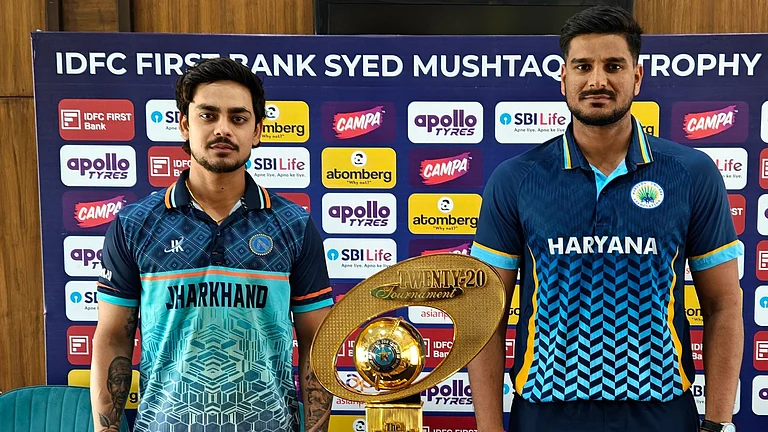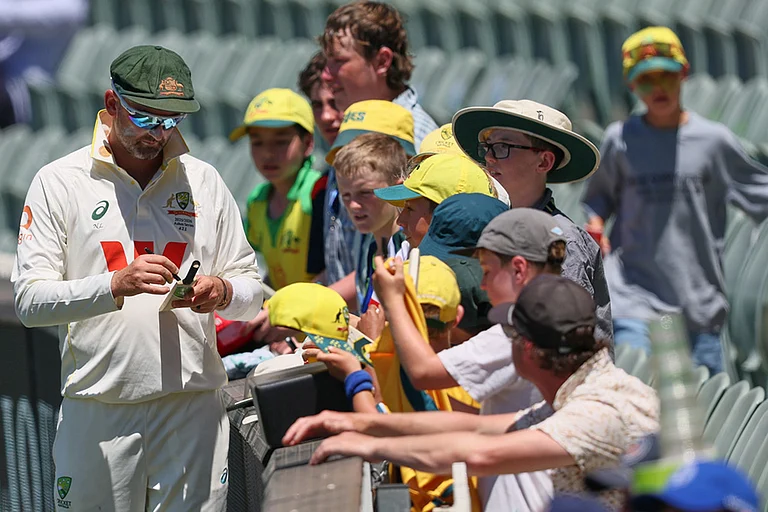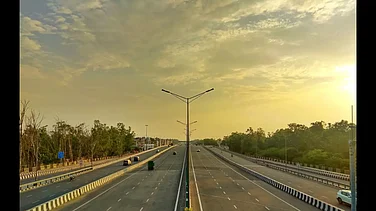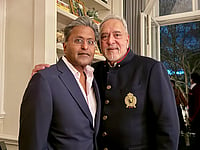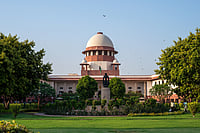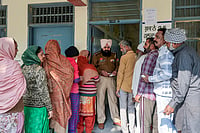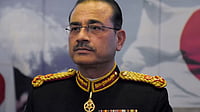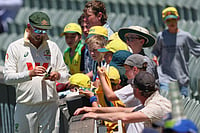- Statements and confessions of the accused, particularly the four believed to have had a role in planning and execution. One, Faisal Sheikh, revealed to be LeT's western India commander and a close link of LeT India chief Azam Cheema, who is based in Bahawalpur, Pakistan. Two, Kamaluddin Ansari, arrested from Madhubani, Bihar. Then, two more western India links: Tanvir Ahmed Ansari, a Unani doctor, and Ehtesham Siddiqui, a small-time publisher and former Maharashtra general secretary of SIMI.
- The detailed statements, especially those of Faisal, relate to trans-border training camps. They reveal Cheema's modus operandi of recruitment, indoctrination and training of young Indian Muslims at camps in and around Bahawalpur, and indicate Pakistani state support. The statements also give leads about other training camps run in the region and mention a few other names besides Cheema's who may also have had a big role in planning the blasts.
- Training manuals, documents, instruction material recovered from some of those who had trained at the camps, including Faisal and Dr Ansari. One key aspect of the indoctrination material is textual and visual descriptions of "atrocities on Indian Muslims", including the famous photo of Qutubuddin Ansari, the tailor whose terror-stricken face became symbolic of the Gujarat pogrom.
- Financial transactions and intercepted conversations about exchange of money between the key conspirators, including Faisal, Cheema and an associate, Rizwan Dawre, a Saudi Arabia-based professional who is believed to have funnelled in close to Rs 5 lakh for the operation. A probe into the hawala network has also confirmed that Faisal received nearly Rs 60 lakh in recent years for recruiting and sending young men to Pakistan.
- Phone and mobile intercepts. Especially the first post-blasts call from Kamaluddin Ansari in Madhubani to Pakistan, possibly breaking the news. Many other calls between Indian LeT/JeM men and their 'handlers' in Nepal, Bangladesh and PoK too have been intercepted.
- Recovery of RDX from Ansari's house in Madhubani, as also RDX traces from Faisal's Bandra flat and evidence from the house of Mohammed Ali in Govandi slum where the bombs were assembled.
- Of special significance—and perhaps the basis of Roy's confidence—is material pointing to the direct involvement of Pakistani nationals in the operation, from transporting and couriering the RDX in April-May to the Indian-Pakistani pairs who planted the bombs on July 11 evening. As many as 11 Pakistanis are believed to have come for the operation. One of them, Saleem from Lahore, died in the Khar blast presumably because he could not get off the train in time. The only unclaimed body from the blasts, he was identified by Faisal and others.
- Another Pakistani from the group, Abu Osama alias Abu Umaid, was killed in an encounter at Antop Hill on August 22. In possession of nearly 2 kg of RDX and some weapons, he was apparently preparing for another strike. There's also prize catch Riyaz, a Pakistani and a product of the training camps, who confessed to being part of the operation.

Even so, is there enough to nail the ISI? "Yes," asserts Roy. But the less than favourable response his flat-out announcement evoked, especially in New Delhi, has lent a certain awkwardness to the situation. "I said ISI because we have the material to show, we will produce it when required," he said, a touch irritatedly. "If I want, I can make Riyaz stand atop a terrace and tell the world that he did it, but that's not our way."
His assertions aside, the trail does go cold after Cheema. There's little concrete evidence to link the LeT's perceived India commander with the Pakistani intelligence agency. The challenge is to prove Pakistani state support to Cheema or his ilk. Circumstantial evidence may not be enough to convince the world of ISI's nefarious designs. And what if Pakistani agencies request access to interrogate some of the accused under the new but controversial joint terror mechanism? Would the Mumbai police allow it? Also, there's little physical evidence of the accused having travelled to Pakistan, as they were sent via Iran or Nepal or Bangladesh or even Saudi Arabia.
Investigators also have other intercepts of Pakistani operatives and 'commanders' talking to each other but, because of the live nature of the intelligence, these may not be put in the dossier foreign secretary Shiv Shankar Menon will hand over to his counterpart in the first meeting of the joint terror mechanism.
Even as the ATS and Mumbai crime branch continue to arrest men involved in the terror plot, Roy is firm about his convictions of ISI involvement and his team's ability to prove it. The sceptics of the world don't interest him. "Who's doubting? Mainly Pakistan and President Musharraf. I certainly don't need to prove anything to Musharraf," he says, livid. "Diplomacy is not part of my job. I say what the investigation's thrown up."
When Roy and ATS chief K.R. Raghuvanshi shared their findings with the Union home ministry this week, they were heard out but subtly chided. Ministry sources say they were ticked off for overreaching themselves but ATS sources attributed it to ministry bosses feeling upstaged by a police chief on something as significant as unequivocally identifying the ISI with the terror attack.
But there is trepidation over going into the new mechanism with such a maximal approach. Till there is evidence on the table, scepticism is something the Mumbai police will have to live with. Especially, going by their track record.







